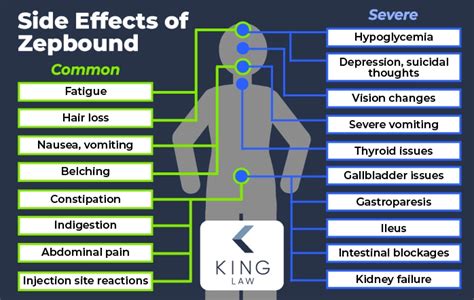Intro
Discover the potential Z-Pak side effects, including antibiotic resistance, and learn about azithromycin interactions, dosage, and warnings to ensure safe treatment and minimize adverse reactions.
The importance of understanding the potential side effects of medications cannot be overstated, especially when it comes to widely prescribed antibiotics like Z-Pak. Z-Pak, also known as azithromycin, is a popular antibiotic used to treat a variety of bacterial infections, including pneumonia, bronchitis, and sinusitis. While it is generally considered safe and effective, like all medications, it can cause side effects in some individuals. It is crucial for patients to be aware of these potential side effects to ensure they can make informed decisions about their treatment and to promptly report any adverse reactions to their healthcare provider.
The mechanism of action of Z-Pak involves inhibiting the growth of bacteria by interfering with their ability to produce proteins, which are essential for their survival. This action is specific to bacterial cells and does not affect human cells, which is why Z-Pak is effective against bacterial infections without causing harm to the patient's own cells. However, the interaction of Z-Pak with the body's systems can sometimes lead to unwanted effects, ranging from mild to severe. Common side effects include gastrointestinal issues such as diarrhea, nausea, and vomiting, as well as headaches and dizziness. In rare cases, more serious side effects can occur, such as allergic reactions, liver damage, or heart rhythm changes.
Understanding the potential side effects of Z-Pak is not just about being aware of the risks; it's also about recognizing the benefits. For many patients, the benefits of taking Z-Pak to treat a bacterial infection far outweigh the risks of side effects. Effective treatment of bacterial infections can prevent complications, reduce the risk of spreading the infection to others, and improve quality of life. Moreover, being informed allows patients to take proactive steps to manage side effects, such as taking the medication with food to reduce stomach upset or staying hydrated to prevent diarrhea.
Introduction to Z-Pak

Common Side Effects of Z-Pak

Less Common Side Effects
Less common but potentially more serious side effects of Z-Pak include: - Headaches - Dizziness - Fatigue - Sleep disturbances These side effects can impact a patient's quality of life and, in some cases, may necessitate a change in medication or dosage adjustment.Severe Side Effects of Z-Pak

Managing Side Effects
For patients experiencing side effects from Z-Pak, there are several strategies that can help manage these issues: - Taking the medication with food can reduce gastrointestinal upset. - Staying hydrated by drinking plenty of water can help prevent diarrhea and ensure the drug is properly absorbed. - Resting and avoiding strenuous activities can help alleviate fatigue and dizziness. - In cases of severe side effects, seeking immediate medical attention is crucial.Special Considerations

Drug Interactions
Z-Pak can interact with other medications, including: - Warfarin, increasing the risk of bleeding - Digoxin, potentially leading to increased digoxin levels - Nelfinavir, a protease inhibitor used in HIV treatment, which can increase azithromycin levelsConclusion and Future Directions

Final Thoughts
The responsible use of antibiotics like Z-Pak is crucial in the face of growing antibiotic resistance. Patients, healthcare providers, and the pharmaceutical industry must work together to ensure that these medications are used judiciously and that new, effective treatments are developed to combat emerging bacterial threats.What is Z-Pak used for?
+Z-Pak, or azithromycin, is used to treat various bacterial infections, including pneumonia, bronchitis, and sinusitis.
What are the common side effects of Z-Pak?
+Common side effects include gastrointestinal issues like diarrhea, nausea, and vomiting, as well as headaches and dizziness.
Can Z-Pak cause severe side effects?
+Yes, though rare, severe side effects can include allergic reactions, liver damage, heart rhythm changes, and Stevens-Johnson syndrome.
How can I manage side effects from Z-Pak?
+Strategies include taking the medication with food, staying hydrated, resting, and seeking medical attention if severe side effects occur.
Are there special considerations for certain populations taking Z-Pak?
+Yes, pregnant or breastfeeding women, patients with liver or kidney disease, and those with heart conditions should use Z-Pak under medical supervision.
We invite you to share your thoughts and experiences with Z-Pak and its side effects in the comments below. Your insights can help others make informed decisions about their health. If you found this article helpful, please consider sharing it with your network to spread awareness about the importance of understanding medication side effects.
